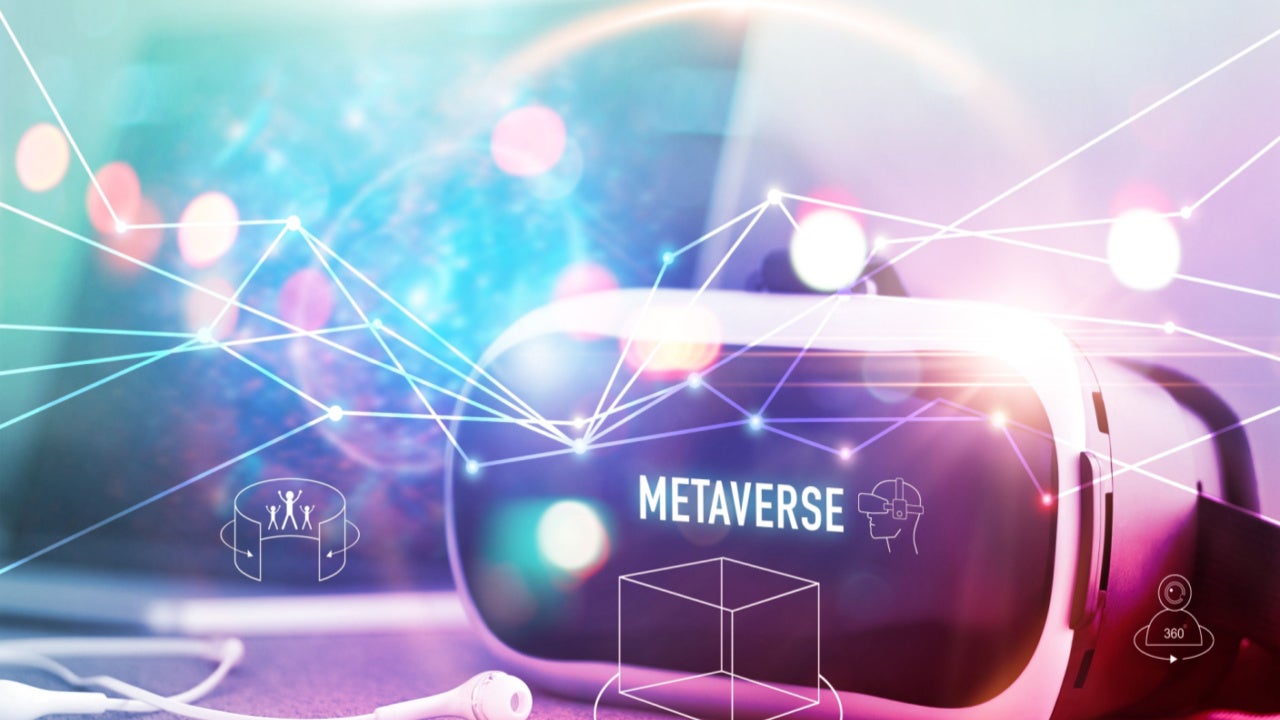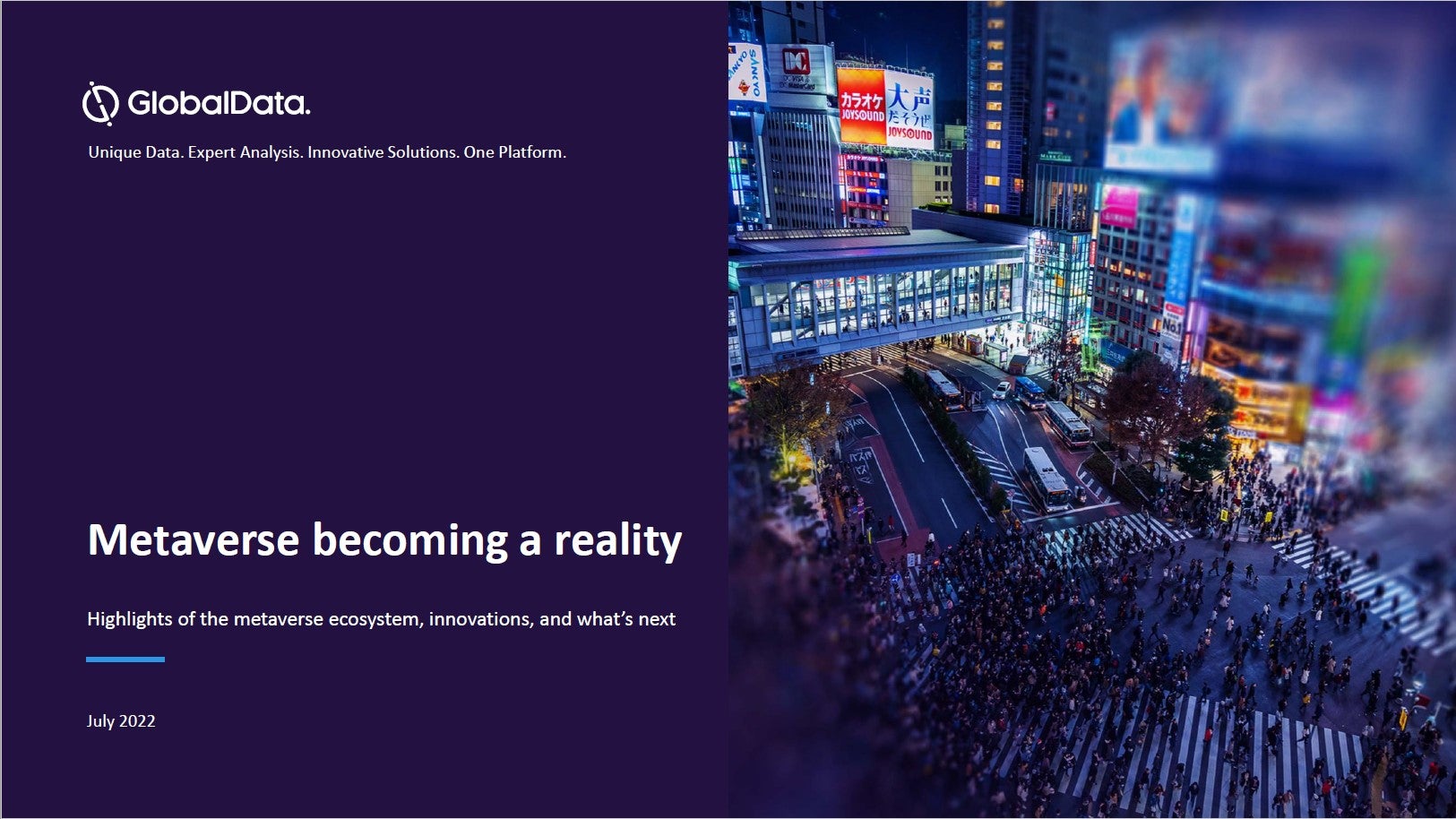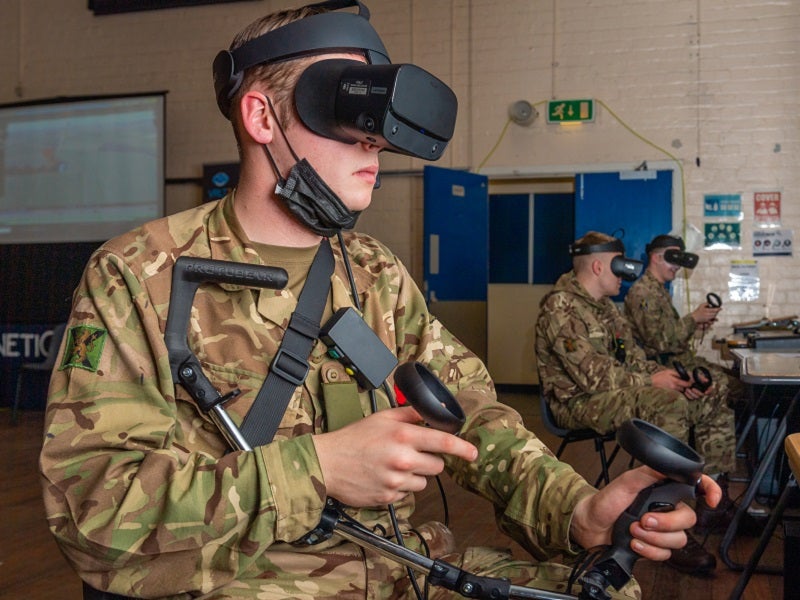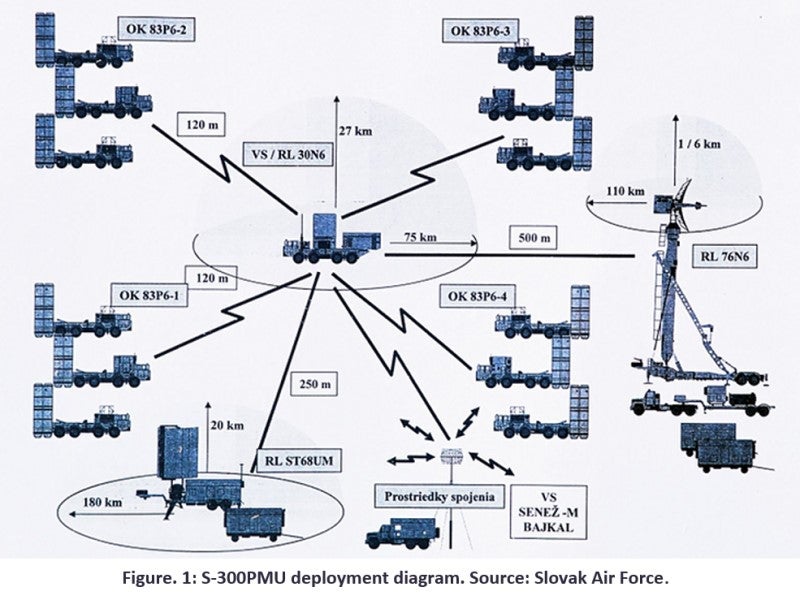
The metaverse brings together a range of next-generation technologies from cloud computing to artificial intelligence (AI), blockchain, cryptocurrencies, cybersecurity, the internet of things (IoT), virtual reality (VR), augmented reality (AR), digital twins, and adtech.
Listed below are the key technology trends impacting the metaverse theme, as identified by GlobalData.
VR and AR
The metaverse is the next big theme in digital media, and VR and AR are crucial technologies driving its development. These two technologies will make the metaverse immersive and allow users to interact with virtual objects, people, and environments. Although both VR and AR are in nascent stages of development and the metaverse is still largely conceptual, AR will have edge over VR in the short run. This is due to AR’s accessibility through web browsers and smartphones compared to bulky VR headsets.
Companies like Meta, Microsoft, and Lenovo are making heavy investments in developing metaverse-related VR and AR. In 2021, Meta invested $10bn in developing VR and AR hardware and software to achieve its metaverse vision. In April 2022, Lenovo announced a five-year plan to invest $15bn in metaverse research focused on VR and cloud services.
On the consumer front, AR and VR metaverses are focused on gaming, ecommerce, social media, and live events. A fair share of the investments going into VR and AR over the next three years will be focused on developing metaverse experiences and platforms.
AI
AI is a vital tool for the metaverse, impacting all aspects of the value chain. It will support computing capabilities in semiconductors, process user data generated on devices, create virtual worlds and avatars in software platforms, and allow content creation and interactivity within experiences, making the metaverse immersive and engaging.
Tech giants are investing in developing AI to build their metaverse capabilities. In March 2022, Qualcomm announced a $100m fund to support developers and companies integrating AR and AI in their metaverse platforms and experiences. Meta is also working on unified AI models that can understand multiple modalities, meaning they can read lips while listening for better speech recognition or identify policy-breaking social media posts by analysing text, image, and video simultaneously.
Game developers are using AI to improve the intelligence of non-playing characters, while social media firms use AI for content moderation, safety and privacy, and content creation assistance.
The importance of AI will increase as technologies such as AR and VR mature, more users signup to the metaverse, and new use cases emerge in the coming years. The enormous volumes of data generated on the metaverse will also require AI for interpretation and analysis.
Cloud computing
The immersive and ubiquitous aspects of the metaverse will increasingly demand cloud computing tools to process, store, and analyse the data generated on platforms. A metaverse platform will not succeed if it cannot deliver a seamless user experience or struggles to scale. In March 2022, Nvidia launched the Omniverse Cloud, a suite of cloud services that gives artists, creators, designers, and developers access to Omniverse for 3D design collaboration and simulation.
Cloud services providers such as Amazon, Google, Microsoft, IBM, and Alibaba will benefit from the growing metaverse theme. They will record increased demand for their services from metaverse platforms desperate to access on-demand compute, storage, and analytics services. As the metaverse expands over the next three years, platform owners will also demand edge computing solutions.
Web3
Web3 is an ideology that relates to the underlying infrastructure of the metaverse. It will rely heavily on blockchain technologies and be designed and managed by communities. Web3 will provide solutions to some limitations of Web2, specifically related to issues with the ownership and control of content and data. It is a reaction to the walled ecosystems owned by Big Tech companies such as Meta, Alphabet, Amazon, and Alibaba, which do not allow users ownership over content or visibility into how their data is used.
Web3 and the metaverse are often misinterpreted as the same because both integrate similar technologies such as blockchain, AI, and cloud. As a result, despite their fundamental differences, the development of one will, by default, fuel the progress of the other.
Non-fungible tokens (NFTs)
Large companies from sectors including beverages, music, ecommerce, entertainment, sport, and tourism are also gravitating towards NFTs. These companies are bringing NFTs and the metaverse to the attention of investors, media, and consumers. According to Dapper Labs, the NBA’s Top Shots, a marketplace to buy, sell, and collect NBA NFTs, has generated over $700m in sales between 2019 and August 2021.
NFT sales amounted to $18.5bn in 2021, posting a 570-fold increase from 2020, as avatars and digital art gained popularity, according to NFT data aggregator CryptoSlam. With forecasts suggesting that the market for new NFTs will surpass $30bn in 2022, many brands view NFTs as a gateway into the metaverse and a new revenue stream.
This is an edited extract from the Metaverse – Thematic Research report produced by GlobalData Thematic Research.





